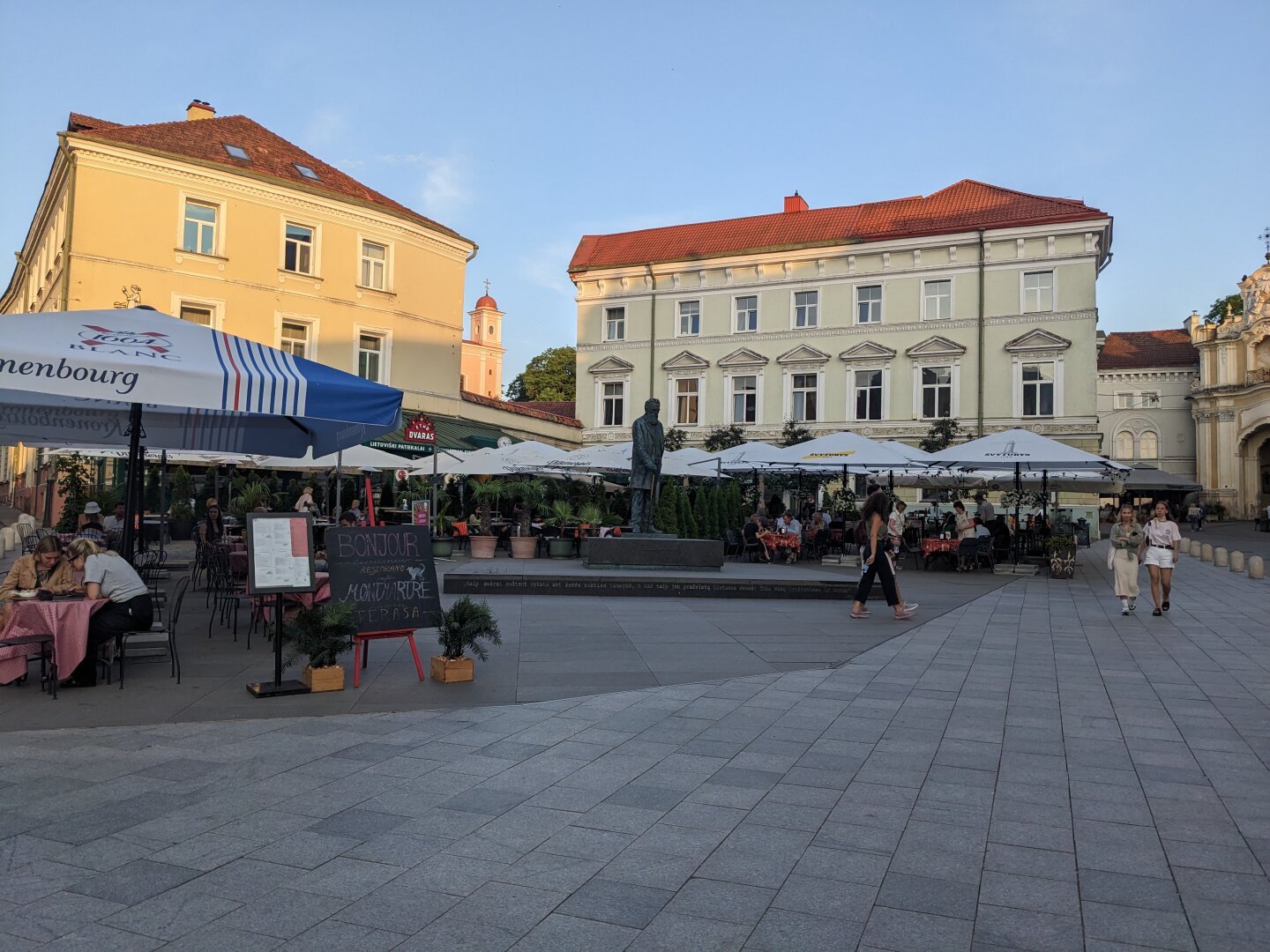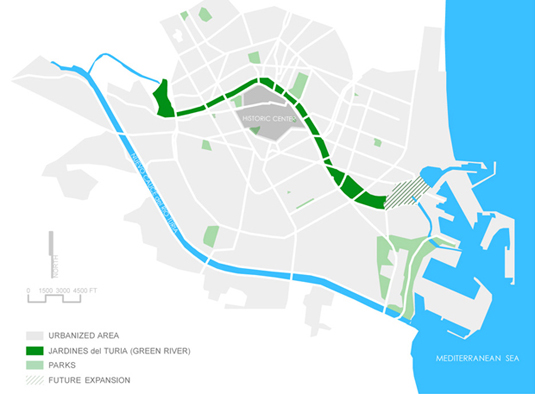Solarpunk Urbanism
2525 readers
1 users here now
A community to discuss solarpunk and other new and alternative urbanisms that seek to break away from our currently ecologically destructive urbanisms.
- Henri Lefebvre, The Right to the City — In brief, the right to the city is the right to the production of a city. The labor of a worker is the source of most of the value of a commodity that is expropriated by the owner. The worker, therefore, has a right to benefit from that value denied to them. In the same way, the urban citizen produces and reproduces the city through their own daily actions. However, the the city is expropriated from the urbanite by the rich and the state. The right to the city is therefore the right to appropriate the city by and for those who make and remake it.
Checkout these related communities:
founded 3 years ago
MODERATORS
251
252
253
254
10
The 20-year-old game SimCity 4 now has a new feature: walkable cities
(community.simtropolis.com)
255
256
13
Henri Lefebvre's classic work, The Right to the City, an important work in theorizing urbanism
(theanarchistlibrary.org)
257
258
259
260
261
262
263
4
This Musician's Tiny House Has an Incredible Design Mostly Built With Repurposed Materials
(www.autoevolution.com)
264
2
Jersey City Achieved Zero Traffic Deaths on Its Streets. Here’s How They Did It.
(www.strongtowns.org)
265
266
267
268
269
270
271
272
273
274
275
3
A Highland Park resident is on a mission to rebuild her neighborhood one block at a time
(www.metrotimes.com)





